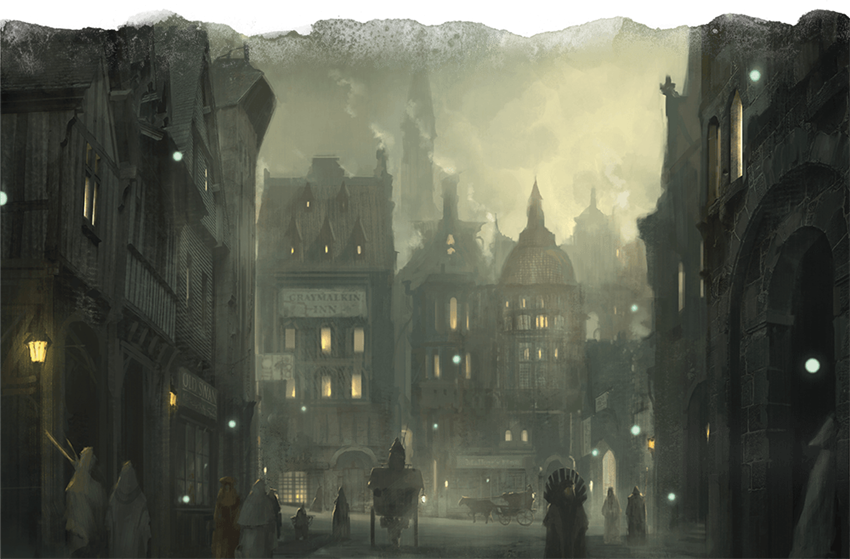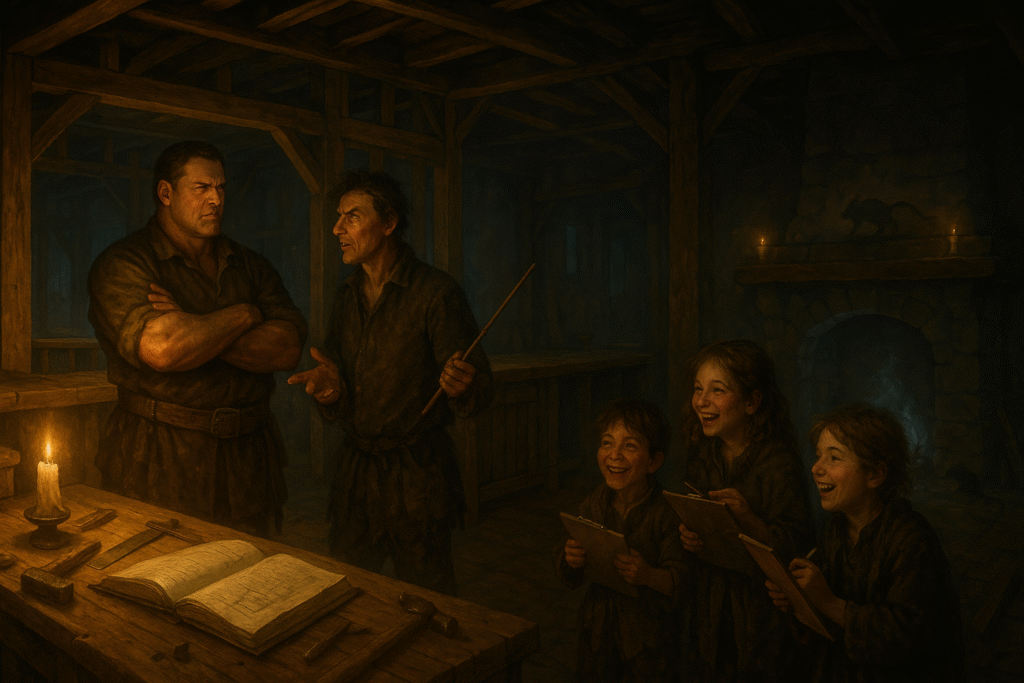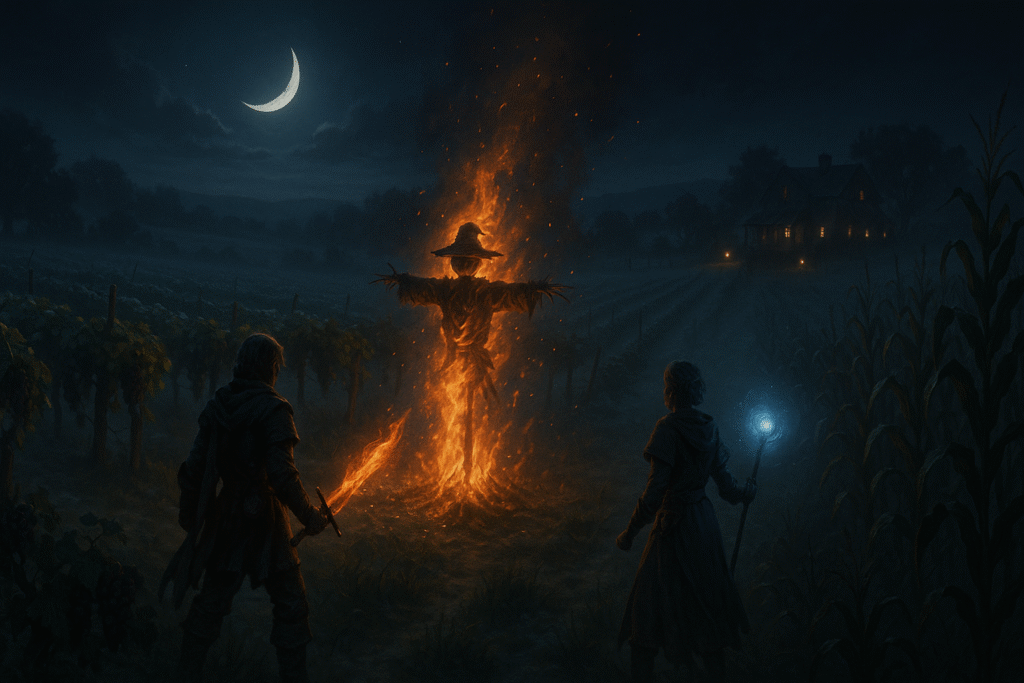Session 1: Call to Adventure

Planning the Spark of a Campaign
When you’re launching a new D&D campaign, the first session isn’t just about setting the story in motion—it’s about setting the tone. My goal with Session 1 of Waterdeep: Dragon Heist wasn’t to rush the players into plot. It was to give them space to connect with each other, the world, and their characters. This was the pilot episode, and like any good series, the hook needed to be character-driven and immersive.
Planning the Opening Scene: The Tavern, The Contact, and The Hook
The party began in a cozy, muddy tavern called The Lizard’s Gizzard, a nowhere stopover before the grandeur of Waterdeep. I introduced Fenwick, a halfling rogue with history and charisma, who tipped them off about a mysterious figure in the city—Davil Starsong—and the cryptic intrigue of something called “The Eyes.” That was enough of a nudge without yanking the reins.
DM Tip: When introducing a new campaign, don’t info-dump. Give players a breadcrumb, not a buffet. Curiosity is your best narrative tool.
Let Them Shop: The Power of Roleplaying Without Stakes
Instead of rushing to Waterdeep, the players chose to spend time at Duvall’s Smithy. And honestly? That was gold.
Each character had a chance to roleplay through what kind of gear they wanted, how they bartered, how they treated NPCs, and what they valued. It told me so much about them.
- Doc, the barbarian, refused armor—true to form.
- Maple, the druid, sought leather suited to his quiet nature.
- Raven, the warlock, eyed aesthetic just as much as function.
- Kiril, the rogue, wanted knives as sharp as his wit.
- Keylith, the cleric, tried (and failed) to talk the dwarf down on price.
All of this was improvised from my notes on Duvall’s Smithy—a sturdy dwarven shop I imagined full of hammering, glowing steel, and the smell of oil and fire. I gave the dwarf shopkeeper a personality: stern, skilled, and utterly uninterested in giving credit.
DM Tip: Treat shopkeepers like characters, not vending machines. This blacksmith didn’t just sell items—he challenged them, appraised them, and held firm. That led to some great table banter and genuine choices.
Execution: When Session 1 Isn’t About the Plot
I didn’t introduce a combat encounter or twist. I let the players breathe. They got to test the world, stretch their voices, and settle into who they are. Sometimes the best way to create immersion is to do less, not more.
That’s not to say the plot was absent. The meeting with Fenwick, the mention of “The Eyes,” and the call to seek Davil in Waterdeep all laid seeds. But the real magic was the session flow—starting with a spark and watching it ignite naturally.
DM Tip: First sessions are for tone and trust. If your players leave Session 1 feeling like they know their characters, they’ll come back hungry for the story.
Final Thoughts: The Importance of Slowing Down
It can be tempting to hit the ground running, especially with a published campaign like Dragon Heist. But giving your party time to explore a blacksmith shop for 45 minutes might just be the best thing you do.
This session reminded me that storytelling in D&D is shared. As DMs, we light the torch—but it’s the players who carry it into the dark.
And in our case? They carried it straight into a very expensive greatsword negotiation.


